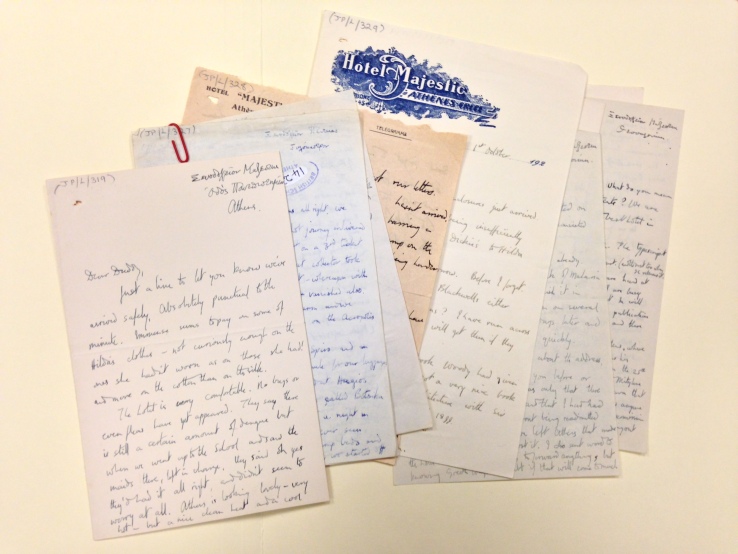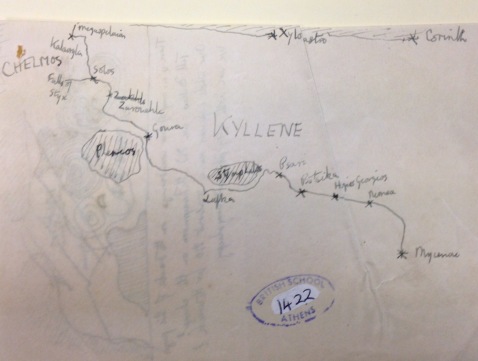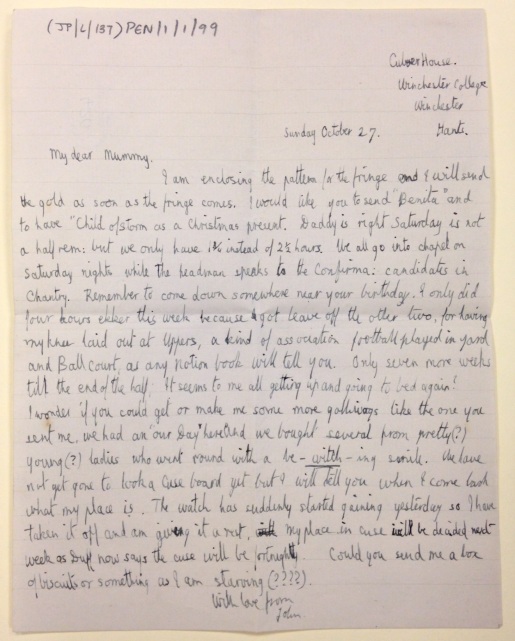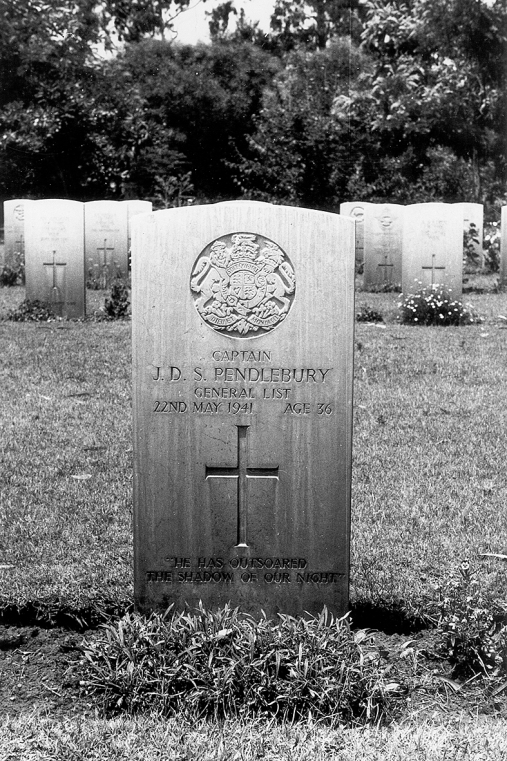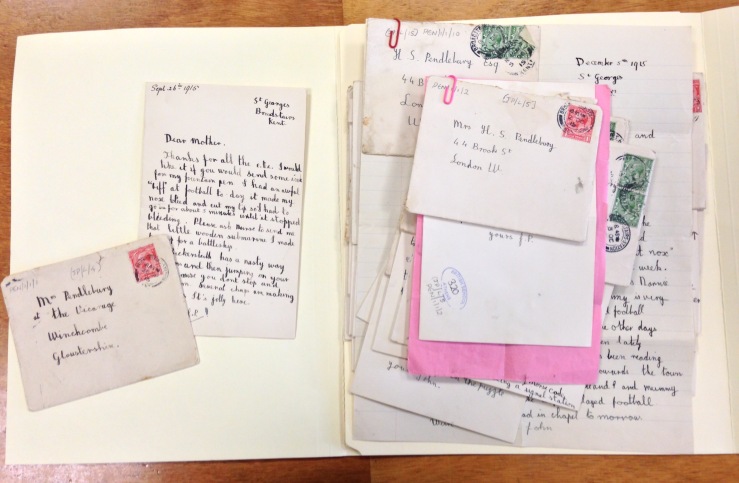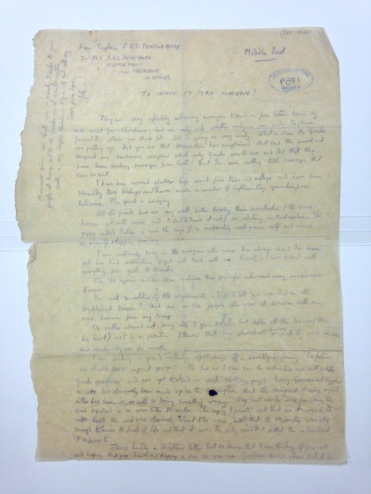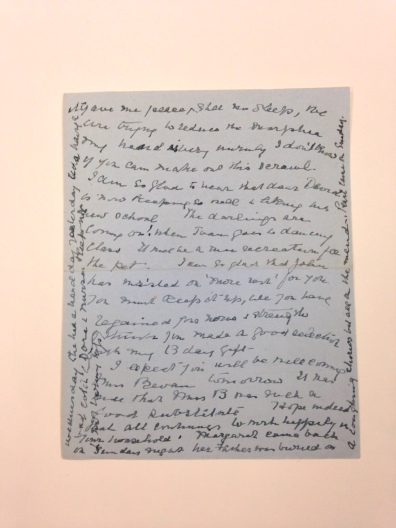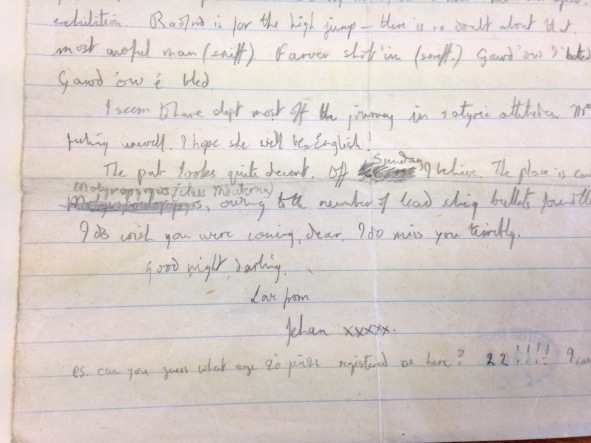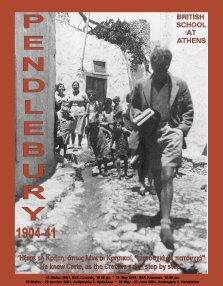This week I have been cataloguing letters from John to his father (Herbert) which were sent during John and Hilda’s first excavation season in Egypt (Nov 1928-Mar 1929), John’s first season as Curator at Knossos (Mar-Jul 1930), during a cruise around some of the Greek islands (Apr 1929), and from Athens, Sicily and Cambridge.
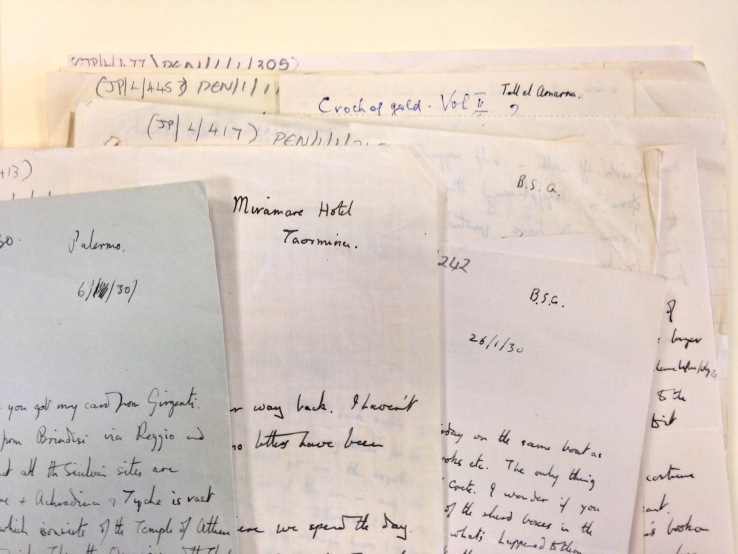
John’s future career looms large as a subject in the letters I have been cataloguing this week. There is discussion of a job offer from the British Museum, Herbert’s encouragement for John to accept a lectureship at Cambridge University (which John enthusiastically declined), John becoming the first recipient of the Macmillan studentship at the BSA, and accepted offers of the Curatorship at Knossos and Directorship of the Egyptian Exploration Society excavation at Amarna.
The archive shows that John was extremely pleased to receive the unexpected offer of the Directorship of the Amarna excavation. He writes…
“Amarna means a real chance of making a name – and what is more a definite position and hold on both sides. It is a great and famous site and it is the biggest compliment I have ever been payed to be asked to succeed such celebrities as Petrie, Borchardt, Peet, Woolley, Griffith and Frankfort”.
The Egyptian Exploration Society Lucy Gura Archive has digitised film footage of life at the Amarna excavation, which features John Pendlebury and is available to watch online.
Other subjects covered in the letters include a dispute with Spyridon Marinatos (Director of the Candia Museum [Heraklion Archaeological Museum]), disagreement with conclusions in John’s article on ‘Egypt and the Aegean in the Late Bronze Age’, publication of ‘Aegyptiaca’, and a cruise around the Greek Islands with Charles and Isabel Seltman.
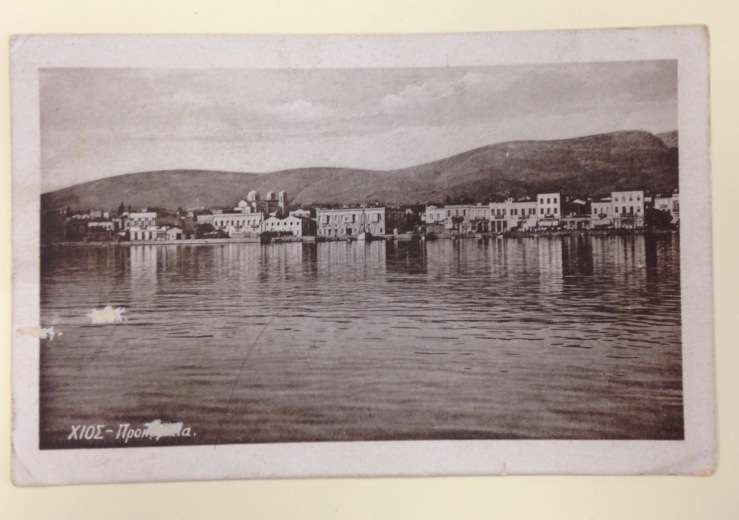
This week I have been getting to grips with the Getty Geographical Thesaurus, a controlled vocabulary tool, to decide which version of place names to use. This tool is particularly important for cataloguing the material about Greece and Egypt, as there are quite a few variants of place names [partly due to differences in transliteration from different alphabets] . Using controlled vocabulary terms will help researchers look for material relating to places and ensure consistency in my cataloguing.
I will be taking a break over Christmas, but when I come back at the beginning of January I will continue cataloguing John’s letters to his father.

